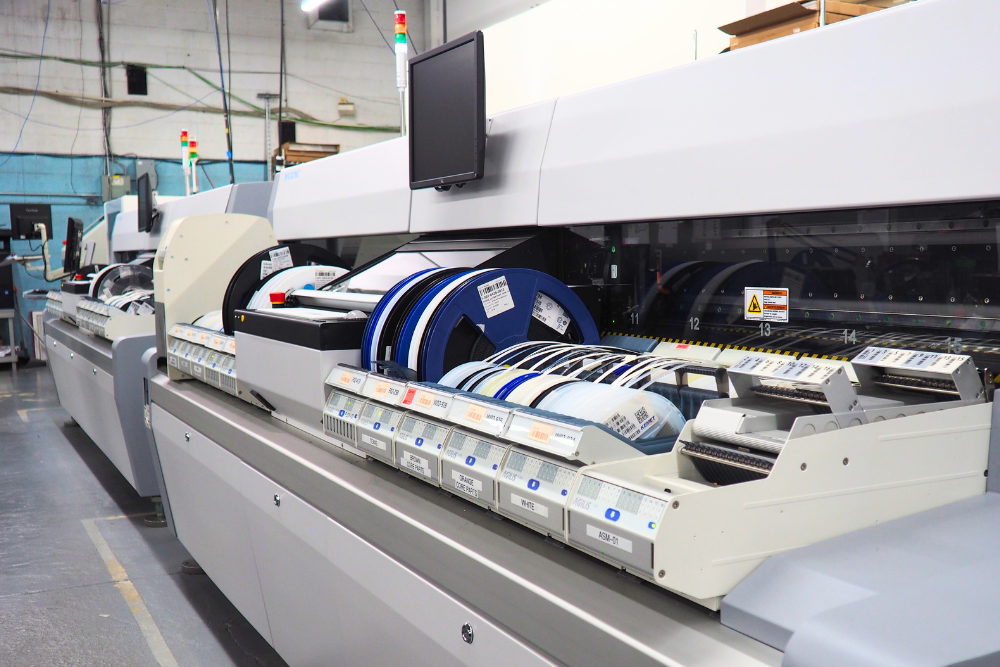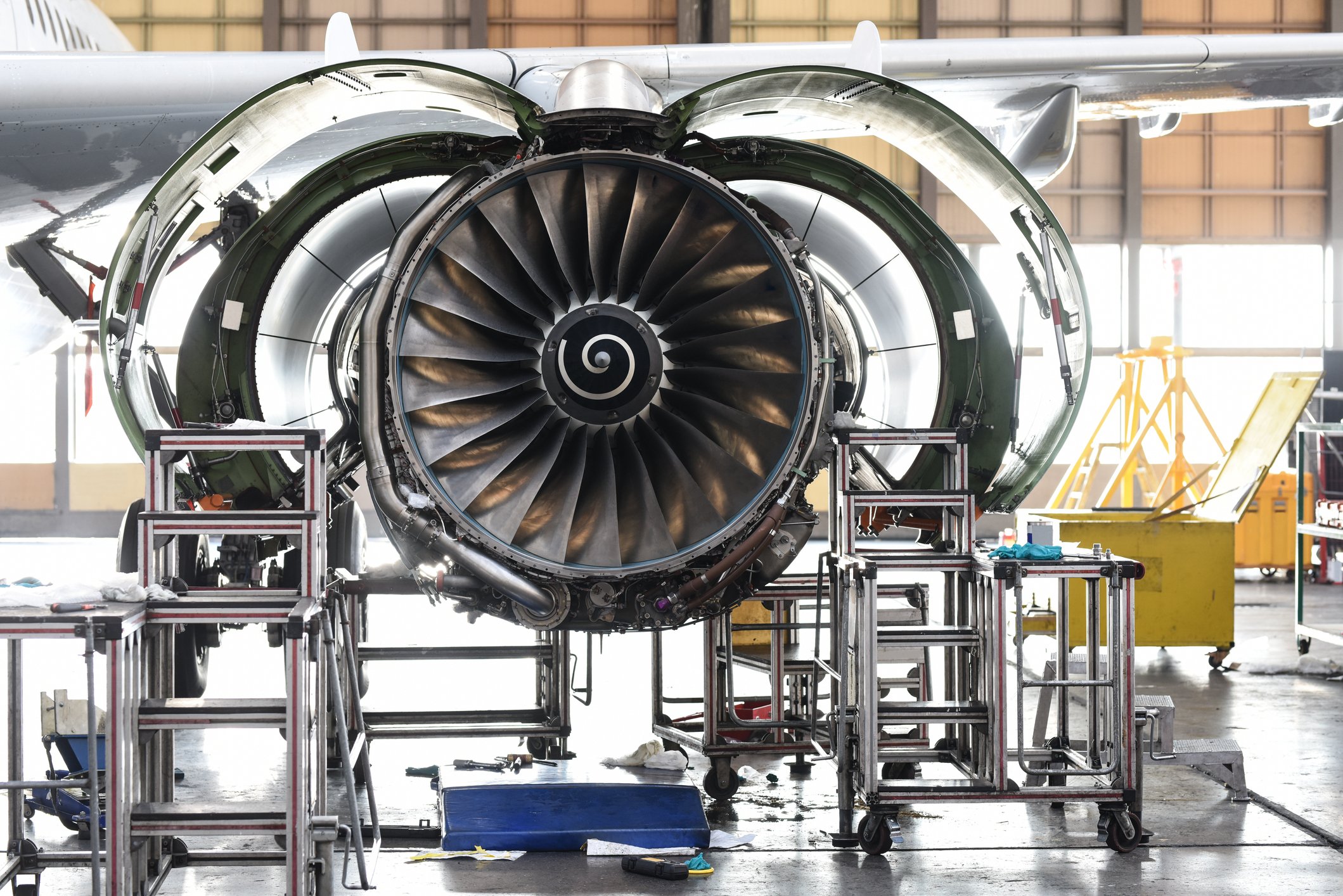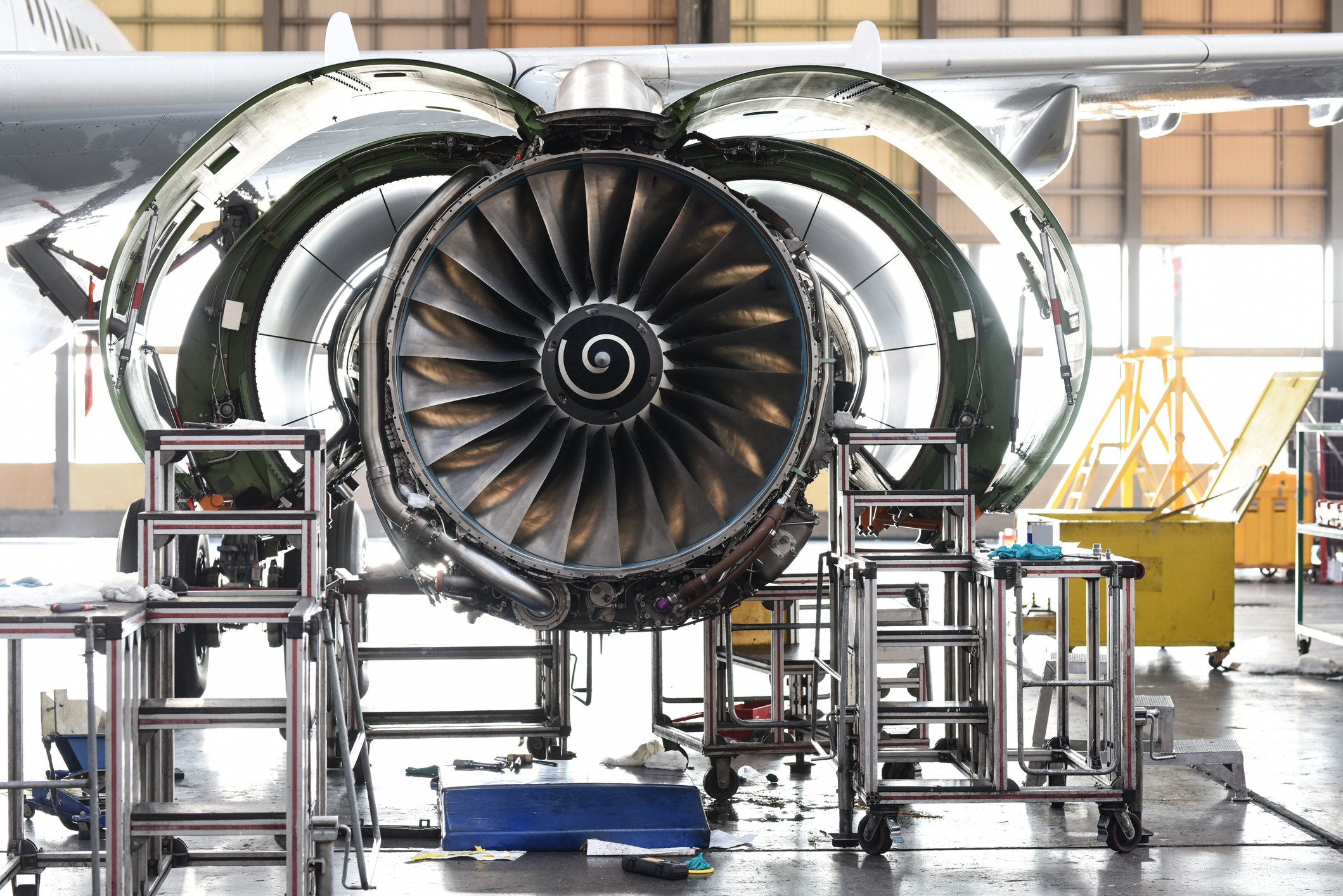
An actuator testing area at TransDigm's Elektro-Metall subsidiary. Source: Elektro-Metall.
Whenever a boom happens, countless people seek their fortune pursuing it. Yet often, the companies that fare the best are those that provide the essential items those people need to profit from the boom. The aerospace industry is one perfect example of that phenomenon, where aircraft-parts maker TransDigm Group (TDG +0.04%) has benefited immensely from the rise in demand for commercial and military aircraft. With the company reporting its fourth-quarter and full-year fiscal 2014 results Thursday morning, TransDigm once again showed how much growth potential there is in the aerospace industry right now. Let's take a closer look at how TransDigm did for the quarter and the year and what it means for its future.
TransDigm: Flying higher
All of TransDigm's most important metrics looked strong in the fourth quarter. Revenue rose by 19% to $642.2 million, which was more than $10 million higher than what most investors had expected from the parts-maker. The company pointed to strength in the aftermarket for commercial parts in achieving better than 10% growth in organic sales. Meanwhile, two recent acquisitions also helped to boost TransDigm's overall revenue figure.
On the income side, net income reversed a year-earlier loss and also topped expectations. After adjusting for items related to its stock-based compensation program, adjusted earnings came in up more than 25% to $125.4 million, or $2.21 per share, comparing favorably to the $2.02 per share consensus among those following TransDigm.
For the full 2014 fiscal year, TransDigm's numbers were equally impressive. Sales rose 23% to $2.37 billion, with a combination of acquisition-related gains and 8% organic growth helping to drive revenue higher. Adjusted net income climbed 16% to $7.76 per share, despite the impact of a one-time refinancing charge that should result in lower costs for the company down the road.

Source: TransDigm.
CEO Nicholas Howley declared 2014 to have been "a good year for TransDigm." As he saw it, "The commercial aftermarket recovered nicely in the second half of our fiscal year, and perhaps even ran a little ahead of itself in the fourth quarter." That assessment bodes well for TransDigm's future, as it indicates that despite strong growth in new-aircraft sales from Boeing, Airbus, and other manufacturers, airlines and other aircraft owners are still taking steps to maintain their existing fleets.
Will TransDigm lose altitude next year?
Looking forward, though, some TransDigm Group investors might be less impressed with the company's guidance for the coming fiscal year. TransDigm expects revenue growth in the 6% to 7% range in fiscal 2015, with adjusted earnings per share of between $8.03 and $8.29. Both figures are somewhat below the more optimistic assessments that most investors had for the company, and they reflect TransDigm's general predictions about its market segments. Howley said that while the commercial aftermarket segment could see high single-digit percentage growth in 2015, commercial original-equipment manufacturing business will likely grow in the mid-single digits, and defense-related revenue will be flat compared to 2014.
From a longer-term perspective, TransDigm will need to reap further benefits from its acquisitions. The company's late-2013 acquisition of Airborne Systems gave TransDigm more expertise in providing personnel parachutes, aerial cargo delivery systems, emergency-escape systems, and other related products. TransDigm's deal to acquire Germany's Elektro-Metall was a smaller acquisition, but it focused on electromechanical actuators and other components used primarily in Airbus aircraft, giving TransDigm more exposure to Europe's aerospace giant. Capitalizing on the opportunities that all of its acquisitions give it will be instrumental in ensuring that TransDigm gets its money's worth.
The fact that TransDigm saw such strong sales and earnings from its aftermarket parts business is a healthy sign that the aerospace industry remains robust and should continue to support future growth. That doesn't mean that TransDigm can afford to coast on its past success, but the company clearly has the potential to keep using its existing business model to drive its financial results even higher in the coming new fiscal year and beyond.






